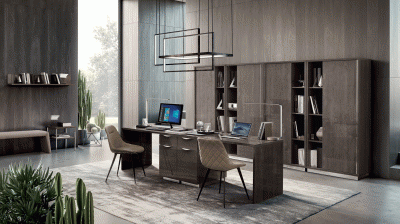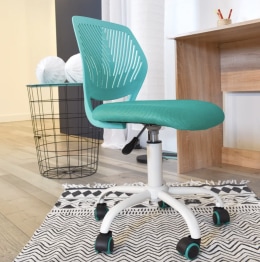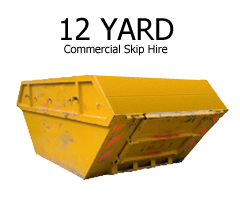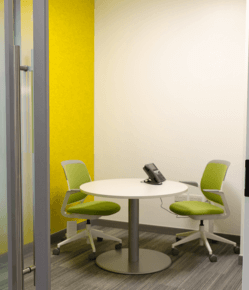Maybe then the old human progressions of Egypt, Greece, and Rome, there is comparatively minimal verification of Office Furniture Clearance from the fifth to the fifteenth century. Very few enduring pieces suffer, and evidence recorded as a hard copy is in like manner insufficient. Very likely, the style of Office Furniture Clearance normal in late antique endured all through the bygone eras. Office Furniture Clearance London is used in Surfaces and embellishments are overlaid, painted polychrome, plated with sheets of gold, informed in amazing shades, and peddled insignificant stones. For example, an elevated position like that of Zeus is depicted in a sixth-century diptych, while the Bayeux weaving shows Edward the Confessor and Harold arranged on seats like the Roman sella curulis. The Office Furniture Clearance of the Middle Ages was by and large profound, oak, and ornamented with cut plans.

The Hellenistic effect upon Byzantine Office Furniture Clearance can be seen utilizing acanthus leaves, palmettes, delta and olive leaves as decorations. Oriental effects appear through rosettes, arabesques and the numerical stylization of certain vegetal subjects. Christianity gains pictures of Byzantine ornamentation: the pigeon, fishes, the sheep and plants. The Office Furniture Clearance from Byzantine houses and palaces was by and large luxurious significantly charged up and finely ornamented.
Renaissance :
Close by various articulations, the Italian Renaissance of the fourteenth and fifteenth century indicated a revival in arrangement, much of the time invigorated by the Greco-Roman practice. A similar impact of plan, and renaissance of culture in the ordinary occurred in Northern Europe, starting in the fifteenth century.
The crucial design of Gothic Office Furniture Clearance and all applied articulations is the ogive. The numerical rosette goes with the ogive commonly, having a significant variety of designs. Compositional parts are used at Office Furniture Clearance, around the beginning with totally delightful reasons, but later as plan parts. Other than the ogive, the guideline enhancements are acanthus leaves, ivy, oak leaves, pulls, clovers, fleurs-de-lis, knights with shields, heads with crowns and characters from the Bible. Chests are the guideline kind of Gothic Office Furniture Clearance used by the vast majority of the general population. Commonly, the locks and safeguard of chests have moreover an extravagant augmentation, being finely made.
Outdated Rome :
Roman Office Furniture Clearance relied strongly upon Greek Office Furniture Clearance, in style and advancement. Rome continuously superseded Greece as the superior culture of Europe, driving over the long haul to Greece transforming into a space of Rome in 146 BC. Rome thus took over the creation and scattering of Greek Office Furniture Clearance, and the cutoff between the two is clouded. The Romans had some confined improvement outside of Greek effect and styles indisputably their own.
Roman Office Furniture Clearance was assembled fundamentally using wood, metal and stone, with marble and limestone used for outside Office Furniture Clearance. Very little wooden Office Furniture Clearance bears impeccable, but there is evidence that a variety of woods were used, including maple, citron, beech, oak, and holly. Some imported wood, for instance, satinwood was used for development. The most by and large used metal was bronze, of which different models have made due, for example, headrests for affection seats and metal stools.



